Either SUV is a great choice. Their relatively affordable, come with powerful AWD systems, and are known for their safety features. If both are so great, which is best?
If you’re shopping for a mom-mobile, you probably have a friend who owns a Toyota Highlander. You probably have a friend who has a Subaru Ascent, too, and if you asked either one about their SUV, they’d likely light up like a Christmas tree talking about the space, safety features, and reliability. Neither friend is wrong—both 3-row mid-sized SUVs come from reputable companies—but it makes choosing one or the other that much harder.
The Subaru Ascent starts at $39,995 Premium model in both the seven and eight-passenger configurations, and it maxes out at $52,050 for the Onyx Touring Edition that seats seven (no eight-passenger option at the top of the line). The Highlander starts at $40,320 for the LE and tops out at $52,725 for the Platinum, so pricing between the two is nearly identical, too. As if you needed another reason to feel conflicted.
Some minor—and major—differences may help you pick between either two excellent SUVs. Buckle up, it’s going to get nerdy in here.
This story is 100% human-researched and -written based on actual first-person knowledge, extensive experience, and expertise on the subject of cars and trucks.
When It Comes to Options, the Highlander Offers FWD and Hybrid, While The Ascent Doesn’t
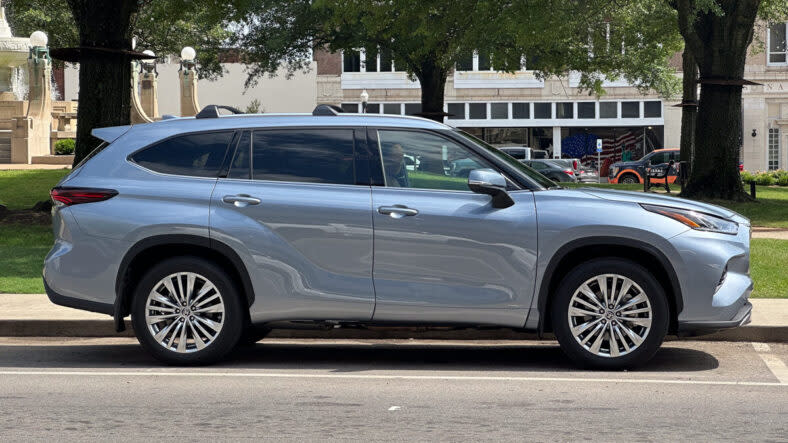
If you don’t want all-wheel drive, you don’t have to commit to that with the Toyota Highlander. The 3-row can be set up with front-wheel drive instead, improving fuel economy if you live somewhere that doesn’t see wet, snowy winters or don’t plan on doing much off-roading. The Subaru Ascent is all-wheel drive all the time, which is great for snow, mud, or water, but if you will never drive in the snow, climb steep hills, or tread dusty dirt roads, even mild or dry places like Phoenix, Arizona, or Austin, Texas, have steep hills that benefit from AWD. Austin has ranches and hills that’ll make 2WD drive cars faint.
If you want a hybrid, the Toyota Highlander is the only one of the two that can be bought as a hybrid. Otherwise, the standard engine is a 2.4-liter turbocharged four-cylinder engine that produces around 265 horsepower. Which isn’t a bad engine—in fact, it’s almost the same as what’s in the Subaru Ascent. The Subaru also has a 2.4-liter turbocharged engine, but it generates 260 horsepower. Both have a towing rating of 5,000 pounds “when properly equipped,” but the Toyota’s standard eight-speed transmission would better handle that over the Subaru’s CVT.
Thankfully, the hybrid version of the Toyota Highlander isn’t incredibly expensive. The price range is $46,820 to $54,475, and similar to the RAV4 hybrid, it comes standard with all-wheel drive. But it’s an on-demand system, so when slipping isn’t detected, it’s mainly front-wheel drive. The AWD hybrid model still sees around 35-36 miles per gallon combined, while the gas-only earns a typical 22 city and 29 highway rating. Which is better than the Subaru Ascent’s 24 mpg on the highway and 19 in the city.
READ MORE: Driving the 2024 Toyota Highlander Hybrid Brought Pleasant Memories Back to the Surface
No One Does All-Wheel Drive Better than the Subaru Ascent
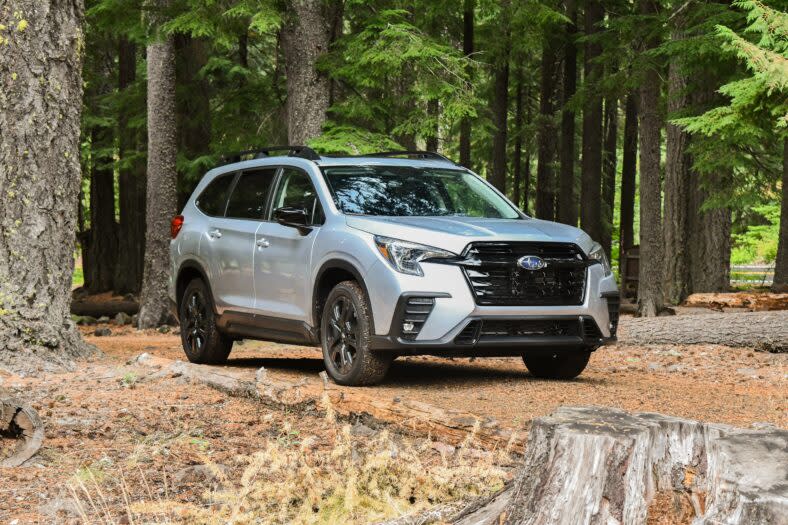
I have two Subarus, a Forester and a WRX, and it’s not because they’re efficient—it’s for the all-wheel drive. I live in Bend, Oregon, which experiences snowy and icy winters. Pair the legendary all-wheel drive system with a pair of dedicated snow tires, and I was unstoppable last year, even during a blizzard. That’s why many moms in cold, snowy regions pick Subaru, because there’s not much that comes close to the all-wheel drive system in any Subaru. Not even the AWD system in the Toyota Highlander.
But, what if you don’t live somewhere with snowy winters? Like Southern California or the San Francisco Bay Area? All-wheel drive still helps with stability and handling, and Subaru Ascent’s system is ideal for that. However, it does mean the gas-only SUV will be a lot thirstier than the Highlander.
READ MORE: 7 Reasons I Choose Cars with AWD or 4WD— And You Can’t Make Me Feel Bad About It
Both are Roomy, But the Subaru Prioritizes Passenger Space

I won’t go too crazy with the numbers, but Subaru’s figures are higher than Toyota’s, but not by too much. The Subaru Ascent is wider, taller, and longer by a few inches, so that means headroom, legroom, and shoulder room are better in the Subaru. The taller roofline means bigger windows, which means better visibility for passengers, too. Especially if it has a large sunroof.
However, cargo space is technically more in the Toyota when the third row is folded. It boasts 84.3 cubic feet of space compared to the Subaru’s 75.6 cubic feet, but the Subaru has more space behind the third row when it’s being used. The Ascent has 17.8 cubic feet behind the third row, while the Highlander has 16.0 cubic feet of space.
READ MORE: 10 Reasons Subaru Owners Are So Loyal—And Yes, Love and Puppies Are on the List!
The Third Row is Roomier in the Subaru—But Just Barely

Since the Subaru Ascent has a longer wheelbase and overall length, that means more space for third-row passengers. The Subaru offers 31.7 cubic inches in the third row, while the Highlander’s third row has 27.7 cubic inches of space. Manufacturer images do a great job of making the third row seem roomy, but I can promise you, it’s tight in both SUVs. I couldn’t imagine a long road trip in the third row as an adult.
Smaller 3rd rows are considered a ‘convenience row’ intended for times when family visits or for an after-school emergency playdate, but I wouldn’t recommend either for full-time, regular use. Especially not for adults. The cushioning is comfortable, and both offer amenities like USB-C charging ports, A/C vents, and cupholders, but they’re not meant to be as useful as a second row seat.
Both SUVs are Award-Winners When it Comes to Safety—But the Subaru Scored Better
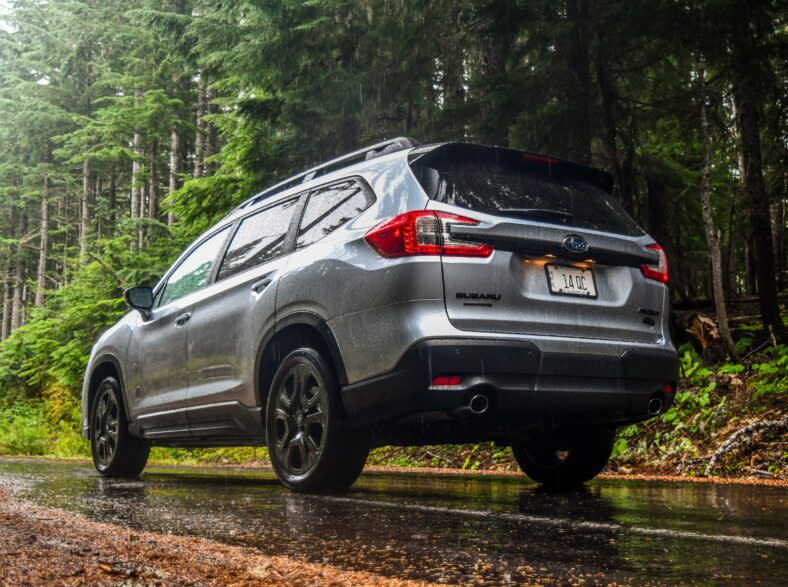
One of Subaru’s greatest qualities is its reputation for safety. When looking at both SUVs on the Insurance Institute for Highway Safety (IIHS) website, the Subaru Ascent scored higher than the Toyota Highlander from all angles. The National Highway Traffic and Safety Administration (NHTSA) awarded the Ascent five stars, while the Toyota had a five-star rating, but scored four stars in frontal and rollover tests. The Subaru scored five stars across the board.
Additionally, the Subaru Ascent has “anti-whiplash” seats in the first and second row, which are designed to reduce and prevent neck injuries in the event of a front or rear crash. The backrest is designed to move backward while the headrest moves forward, helping keep its occupants in a position that prevents serious injury. The Toyota Highlander doesn’t have that.
That’s not to say the Toyota is unsafe, though. It’s currently rated as a Top Safety Pick with the IIHS alongside the Subaru Ascent, so both are exceptionally safe SUVs to put your family in. But if you’re a nerd about safety, the Subaru’s results are tough to ignore. Subaru’s EyeSight system is legendary, and scored better at detecting pedestrians and cyclists in busy cities, while Toyota’s Safety Sense 2.5 uses both cameras and radar.
Both are bursting at the seams with standard collision prevention systems including front and rear cross-traffic alerts, pedestrian and cyclist detection, automatic emergency braking, blind spot detection, adaptive cruise control, and parking cameras. On both the Subaru and the Toyota, these features are standard across all trim levels, so even going with the base model will ensure you and your family stay safe.
READ MORE: What My Mom Taught Me About Driving: Safety, Car Care and Loving Your Ride
You Won’t Be Faulted for Choosing Either
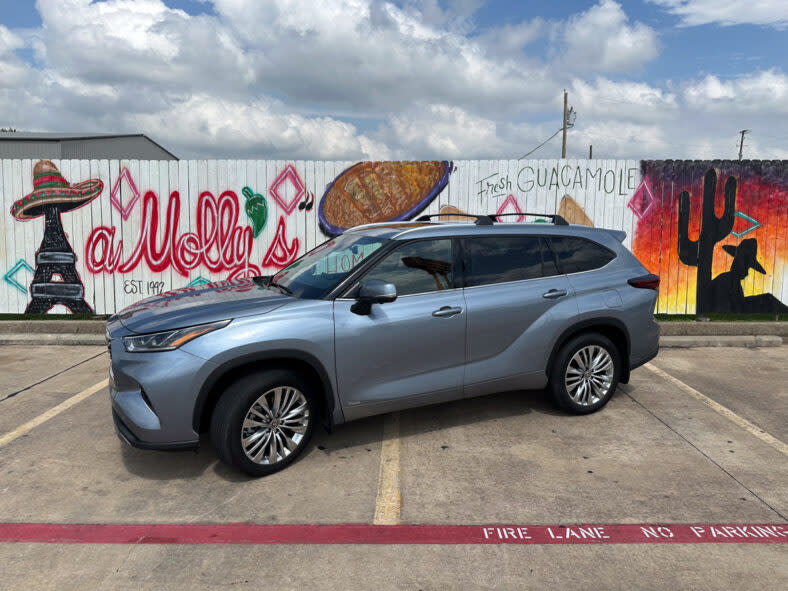
No wonder you’re having a tough time choosing. Both are spacious, safe, reliable, versatile, and relatively affordable family SUVs. Here’s the simplest way I like to separate the two: the Subaru is better for those who want a tough, proven, and rugged AWD system to get them through tough winters, or help them reach remote campsites. The Toyota is best for those who prioritize mileage from a gas-only setup, may want FWD, or an effective hybrid option. The Toyota has more options for a wider range of buyers, while the Subaru is designed and marketed to outdoorsy families.
Because I live in Oregon with tough winters, the Subaru would be the one I’d buy. I reviewed it, and my toddlers loved the large windows, and it felt easier to get them in and out of it because of the higher ground clearance paired with a lower entry point. But if I lived in California, I’d pick the hybrid AWD Toyota Highlander, for the “just in case” factor that comes with the on-demand AWD setup. No matter which one you end up choosing, both are excellent choices.
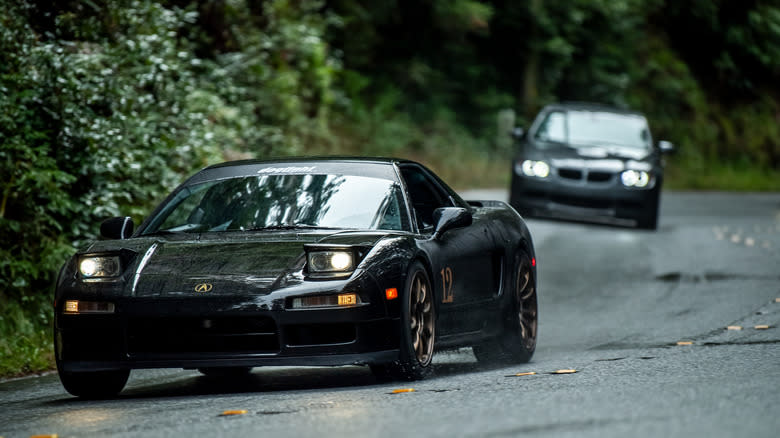

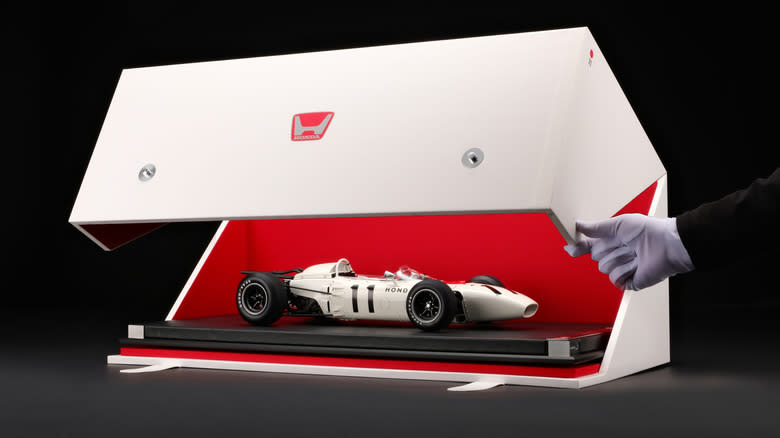
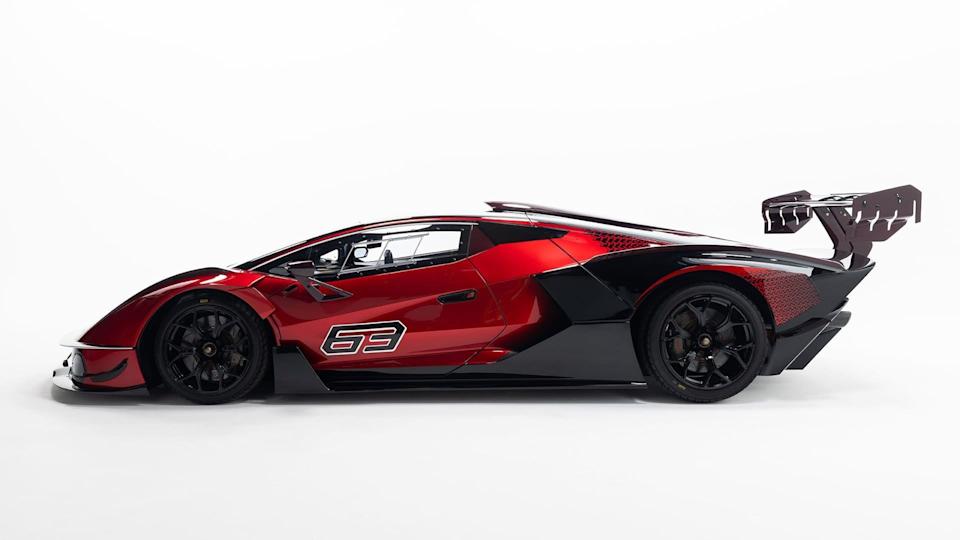
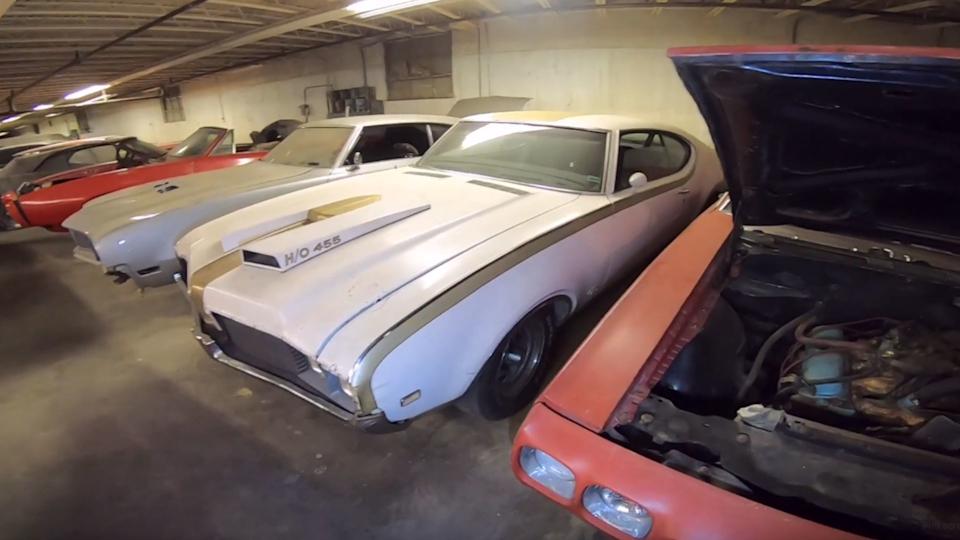
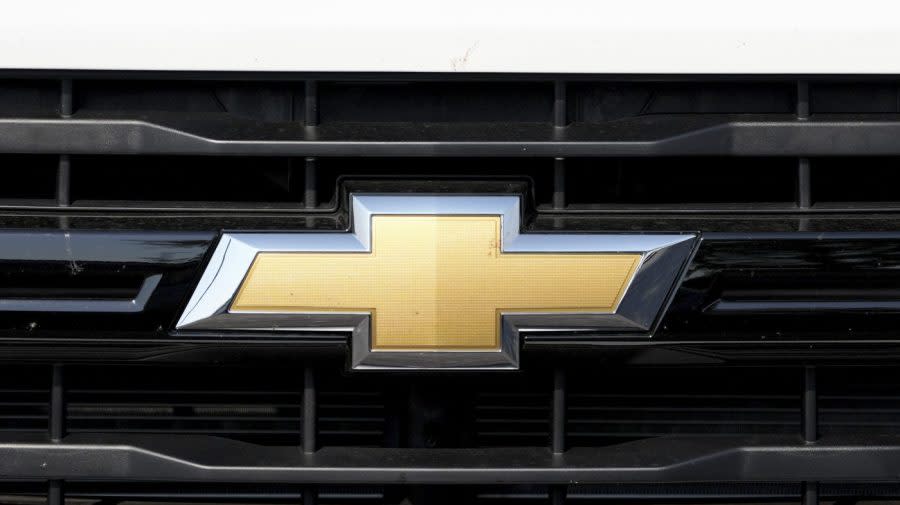
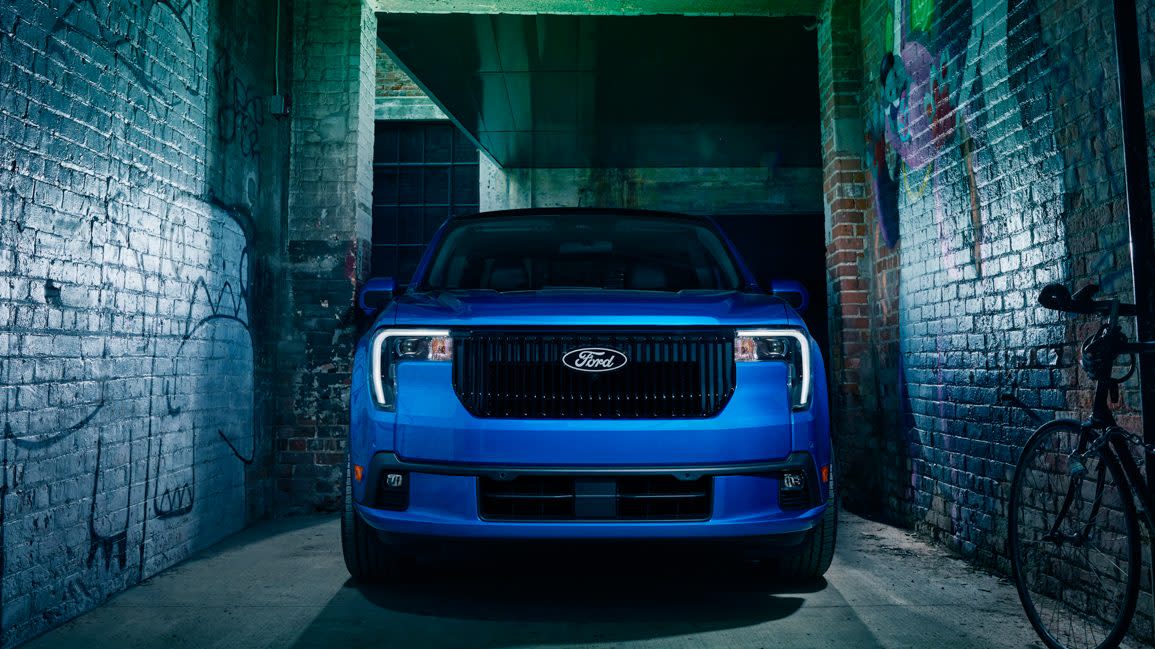
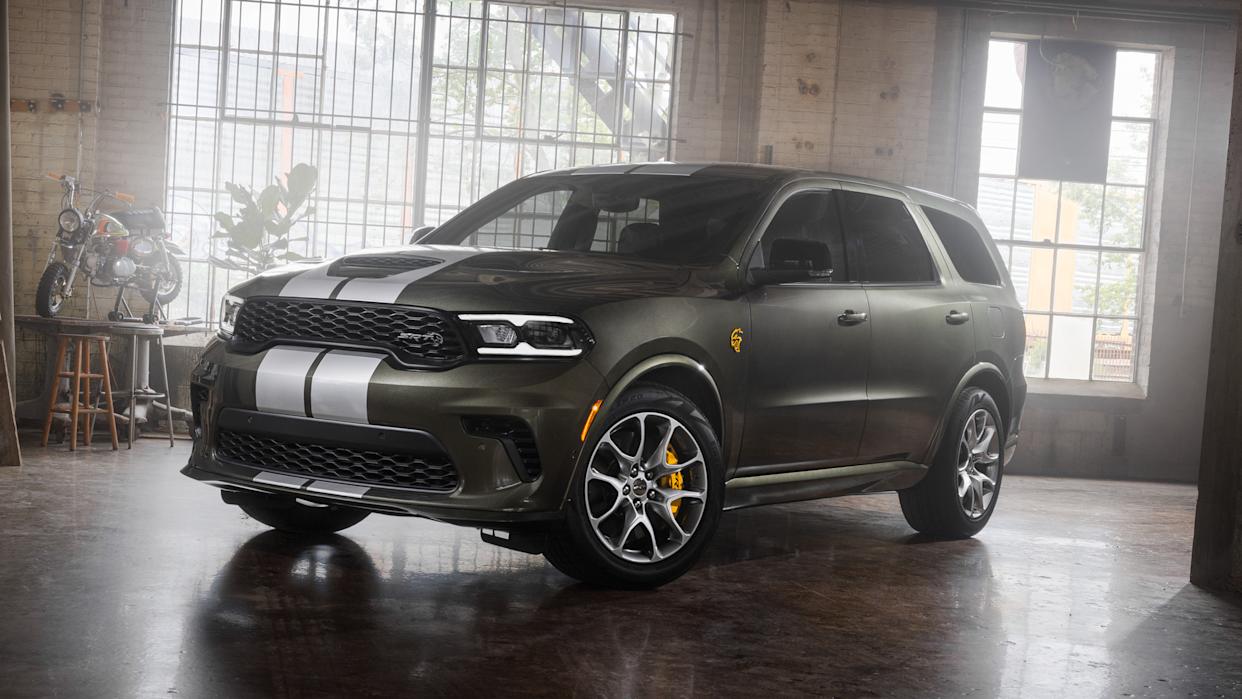
Comments